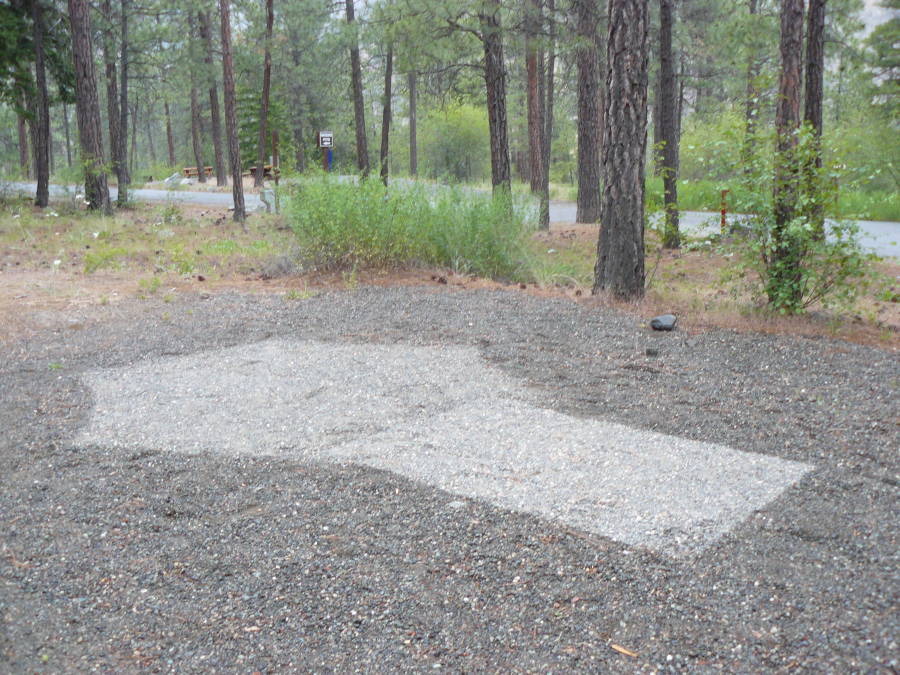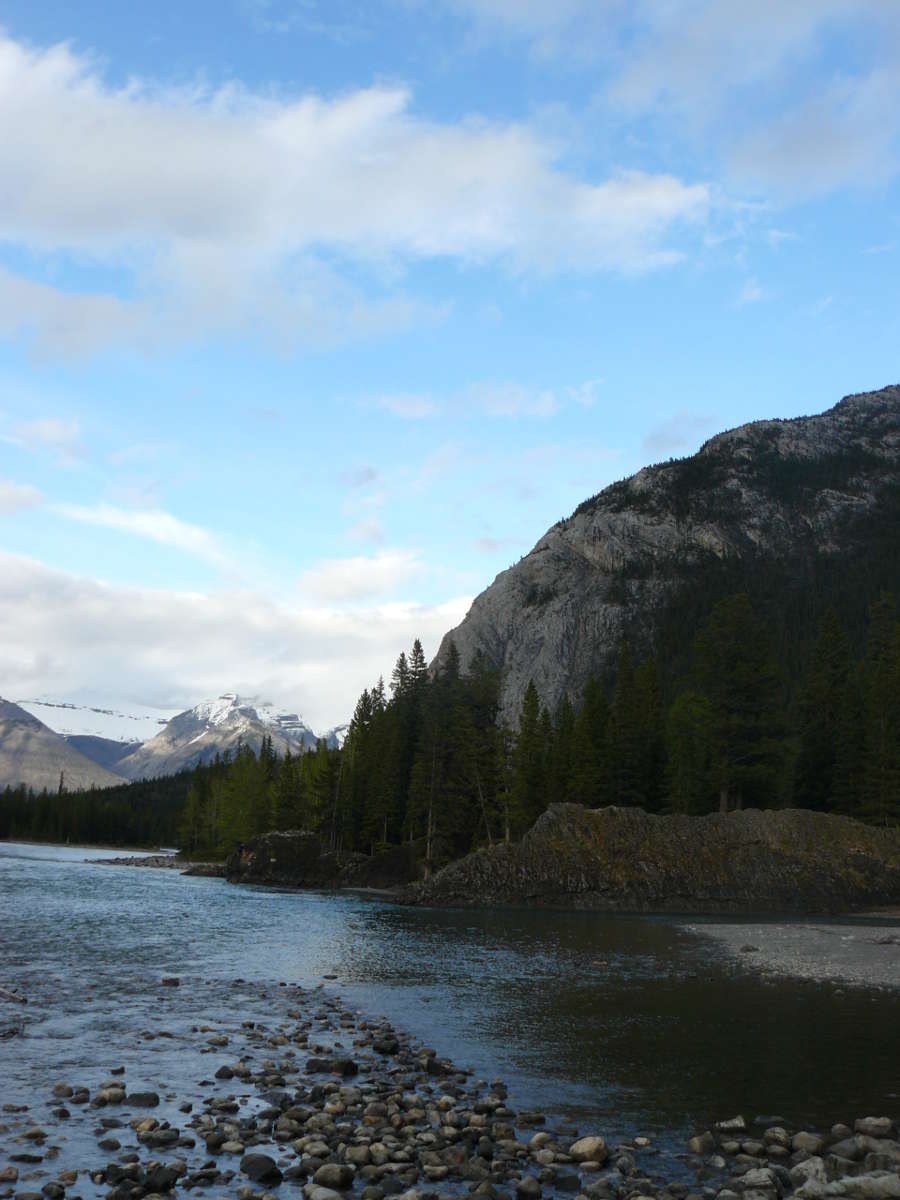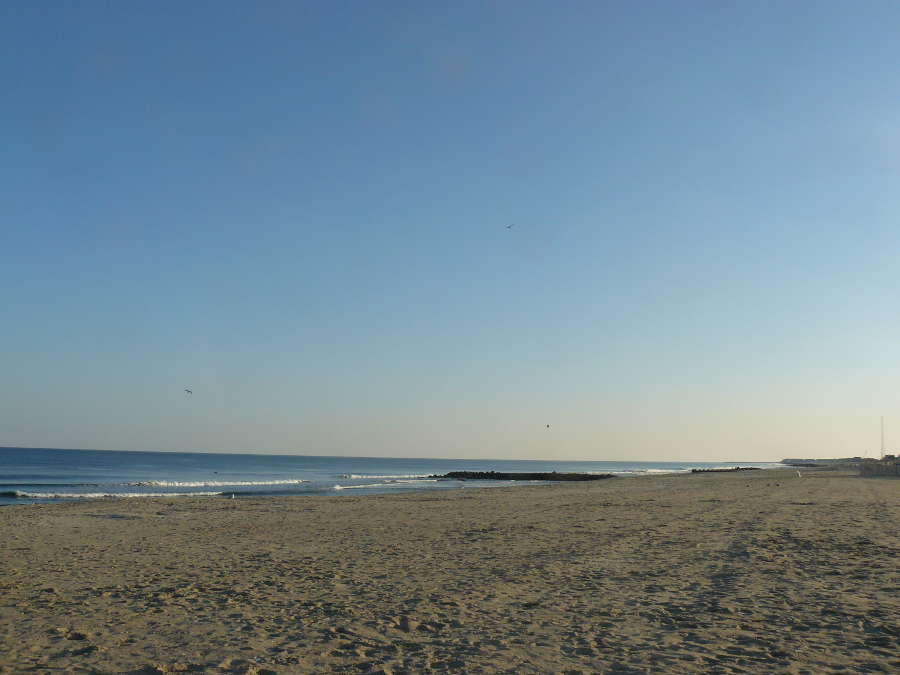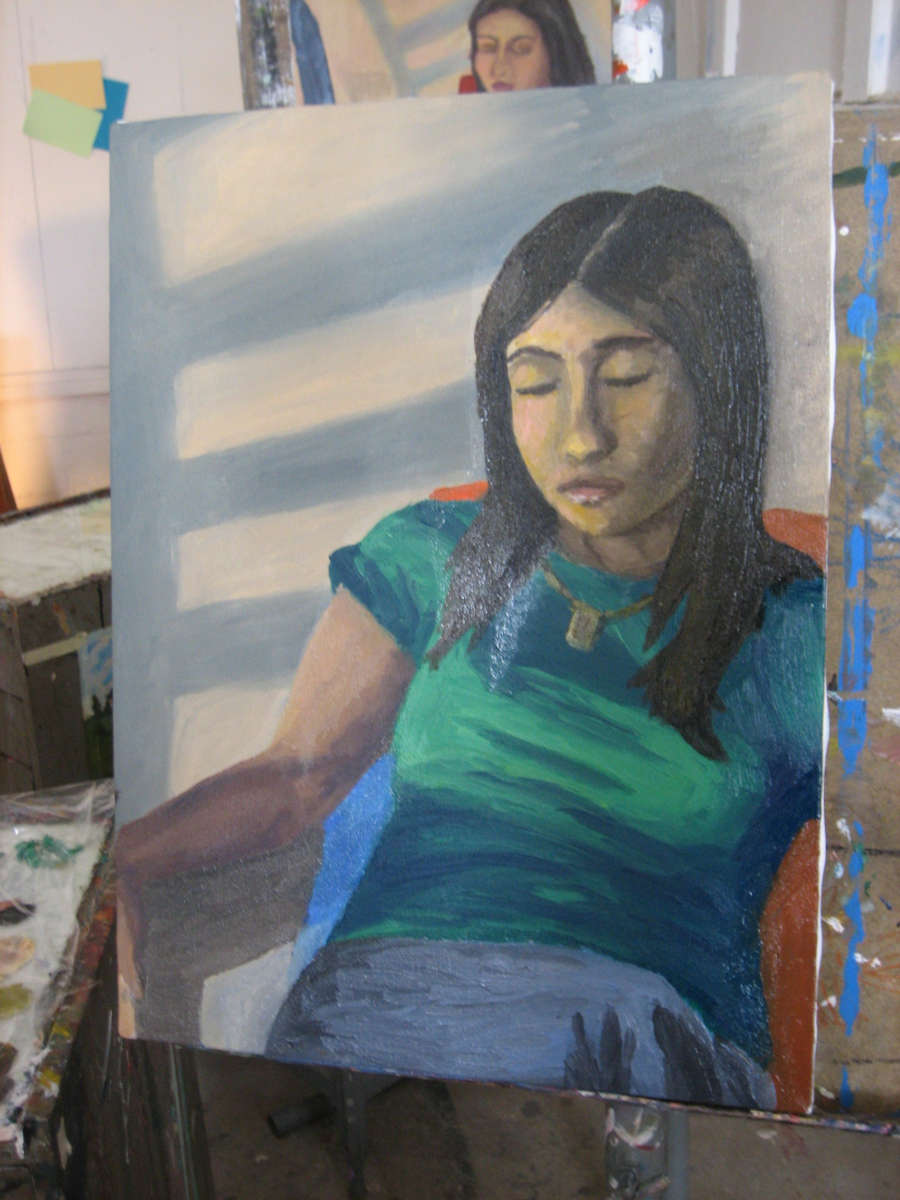 Location Taken: Skihist Provincial Park, British Columbia
Location Taken: Skihist Provincial Park, British Columbia
Time Taken: June 2010
Rain’s a constant hazard when doing tent camping. And not just because it means you’ll have odd patterns of dry and wet ground when you pack up in the morning.
(This particular odd-shaped patch is the combination of a hexagonal tent and a square tarp in front, if you’re wondering.)
It helps to keep an eye on the weather, and perhaps choose not to camp that night at all. We’ve done that a lot when it’s already raining heavily by the time we’ve reached the area, and chosen to go to a hotel instead. But a lot of times, the rain comes during the night. And it’s tough to keep track of the weather when you’re traveling. Well, if we had smartphones, we might be able to, but that’s more modern technology than I’m using.
And it certainly wasn’t an option during my camping trips in the past. Not to mention that if you’re on day 3 of a week-long camping trip, you’re not too likely to pick up the tent for the night. Especially if you got a good spot at the campsite that would likely be gone when you came back.
So it’s handy to know how to handle weather when all that’s between you and it is a thin layer of fabric.
Water-resistant fabric, yes, but fabric. And tents do come with rain-flaps to put on top of them, to help keep the water off the main body of the tent. You can also suspend tarps above that, though you do have to be careful. The water-resistance of the tent fabric doesn’t work if the water gets trapped in one spot. It WILL soak through. And any place where there’s something pressed against the fabric, whether tarp outside or bedding inside, is a place water can gather. And then it leaks through and forms a growing puddle getting your sleeping bag wet.
So on rainy nights, it helps to pull your stuff back from the edge of the tent. And, of course, put the things that would be permanently damaged by water in your car. Or some sort of water-proof place anyway.
And if all else fails, and the tent starts flooding, you can always move yourself into your car. I’ve done that some nights. Took a long time to dry out the bedding after that…
 Location Taken: Banff, Alberta, Canada
Location Taken: Banff, Alberta, Canada



